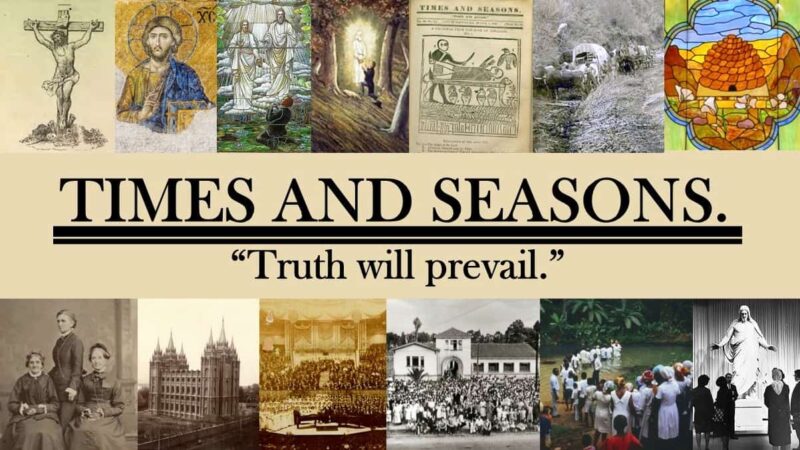Category: Scriptures
-
CFM 1/5-1/11: Poetry for “This Is My Work and My Glory”
I’ve left off any image to represent Gods “work and glory”; since we teach that His work is “to bring to pass the Immortality and Eternal Life of Man,” I am not at all sure how to represent that. Images of what ‘heaven’ looks like all seem to me to be either unlikely or based…
-

Was Jesus Married? Where Was He Born? The Restored Gospel and the Quest for the Historical Jesus
Now that I’m trying to avoid creating AI depictions of deity I feel like a Muslim. The “Quest for the Historical Jesus” is a scholarly endeavor to try to suss out details about Jesus’ life from a naturalistic worldview without any religious priors. Given the extreme scarcity of hard data you have to think deep…
-

The Restored Gospel, the Great Apostasy, and the Didache
About a year ago I read and wrote a post on 1st Clement, arguably the earliest Christian document outside of the New Testament. I finally got around to reading the Didache, a Christian treatise that is also in the running for oldest authentic Christian document after the apostles (the confidence intervals for the documents coming…
-
Beyond the King James Version: The Church’s New Handbook Policy on Bible Translations
Earlier this week, The Church of Jesus Christ of Latter-day Saints updated its General Handbook, most notably in the section regarding Bible translations. For those of us following the conversation at From the Desk—including the interview and copost with Joshua Sears last week—the timing feels serendipitous. For the better part of a century, the cultural…
-
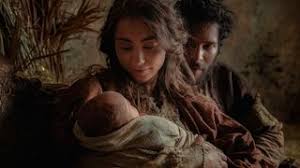
CFM 12/22-12/28: Poetry for “The Matchless Gift of God’s Divine Son”
One advantage to providing the poetry for these lessons early is that it allows teachers and others a little time to adjust the timing of lessons. For example, this coming week’s lesson in Sunday School should be on the Family (see last week’s post), but given that the coming lesson is on the Sunday before…
-

Delighting in bloodshed
The first time I showed clips from Leni Riefenstahl’s Triumph of the Will while teaching about Nazi Germany, I was not expecting to be overwhelmed by grief and anger and revulsion.
-

CFM 12/15-12/21(The Family): Poetry for “The Family Is Central to the Creator’s Plan”
The LDS focus on the family is one of our best-known doctrines—an idea largely based on our belief that we are children of heavenly parents. As a result of these beliefs, we consistently worry about how well we are doing as parents, and about the strength of our family relationships. I often wonder if we…
-
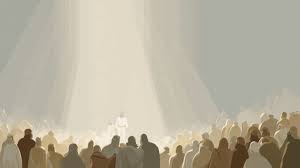
CFM 12/8-12/14 (OD 1 &2, Articles of Faith): Poetry for “We Believe”
When I think about the phrase “We Believe”, I lean to thinking that the more important word is “We” instead of the traditional focus on “Believe”. And I think the history of the early Church in the 1830s supports this focus. Many members of the Church were decidedly anti-creedal; i.e., they were against having a…
-

CFM 12/1-12/7 (D&C 137-138): Poetry for “The Vision of the Redemption of the Dead”
A less-discussed principle of the gospel is the idea that it is universal—i.e, that the gospel and its blessings are available to all of God’s children, including those who are dead. The application of this belief leads to performing ordinances for the dead, a practice that is unique, as far as I know, among Christian…
-
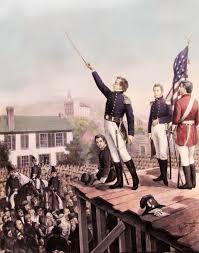
CFM 11/24-11/30 (D&C 135-136): Poetry for “ He “Has Sealed His Mission and His Works with His Own Blood”
Our feelings about Joseph Smith can often be conflicted. On one hand we revere him as the prophet of the restoration, who has “has done more, save Jesus only, for the salvation of men in this world, than any other man that ever lived.” But need to the use of the phrase “save Jesus only”…
-
How and Why: Matthew Godfrey Explains the 2025 Scripture Updates
The recent 2025 updates to Latter-day Saint scriptures have raised important questions for many members. While we know the changes are minor (applying primarily to the study helps rather than the scriptures themselves) and stem from the monumental Joseph Smith Papers Project, official announcements often lack the full context for how and why these adjustments…
-
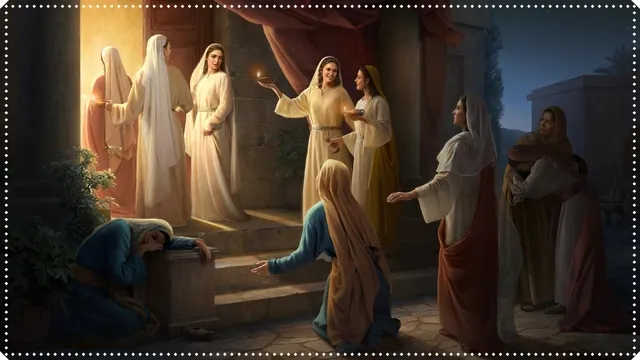
CFM 11/17-11/23 (D&C 133-134): Poetry for “Prepare Ye for the Coming of the Bridegroom”
It’s difficult to overestimate the importance of the second coming in the restoration. Early members of the Church thought it would come quickly, in just a few years. And they wrote and taught about that expectation. While it seems like the focus on the second coming has diminished over time, we still regularly preach and…
-
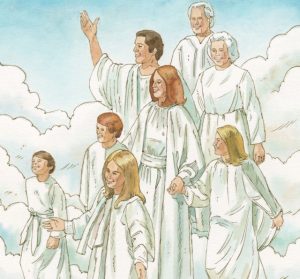
CFM 11/10-11/16(D&C 129-132): Poetry for “I Have Seen Your Sacrifices in Obedience”
This lesson can be both difficult and exulting. Our LDS understanding of the next life both inspires because of the idea that our relations have an eternal permanence, and troubles many of us because of what we don’t understand about polygamy and the details of how the multiple relationships we begin on earth translate into…
-
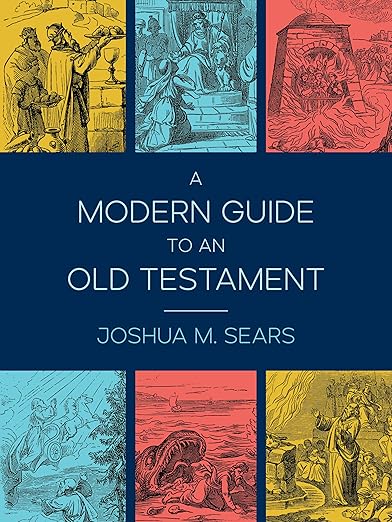
Of Hurdles and Covenants: A Review of Joshua M. Sears’s A Modern Guide to an Old Testament
For many Latter-day Saints, the annual Come, Follow Me journey through the Old Testament can feel like a daunting pilgrimage. It is a vast and often alien landscape, filled with archaic language, bewildering poetry, and troubling cultural norms that can create a significant chasm between the modern reader and the ancient text. While numerous commentaries…
-

CFM 11/3-11/9(D&C 125-128): Poetry for “A Voice of Gladness for the Living and the Dead”
Baptism for the Dead is one of the beliefs that make the LDS Church distinctive among religions today. Frequently discussions with non-Mormons focus on what Paul meant in 1 Cor. 15:29 while ignoring the broader question that our doctrine addresses with proxy ordinances: If baptism is required for everyone, then what about those who passed…
-

CFM 10/27-11/2(D&C 124): Poetry for “A House unto My Name”
The phrase “A House unto My Name” is easy to connect to the Temple. But section 124 isn’t just about building a temple — in 1841 the Kirtland Temple is far away from the bulk of Church members and the Nauvoo Temple has only recently had its groundbreaking. Instead, we might think of house in…
-

CFM 10/20-10/26 (D&C 121-123): Poetry for “O God, Where Art Thou?”
Adversity is rooted in the problem of evil—if God is good, then why does he allow evil to exist? Or if “man is that he might have joy,” why is there so much suffering in life? And worse, it often seems like for some the suffering is “but a moment”, while for others the suffering…
-

CFM 10/13-10/19 (D&C 115-120): Poetry for “His Sacrifice Shall Be More Sacred unto Me Than His Increase”
Sacrifice is a key gospel concept, and as such is also a key concept for life. Whether the it involves one person giving up something to help others or simply the individual giving up something for his own benefit, sacrifice is always about making decisions that balance one benefit or good against another. So we…
-

CFM 10/06-10/12 (D&C 111-114): Poetry for “I Will Order All Things for Your Good”
If things have been ordered for our good, do the things look like they have been ordered or arranged? This week’s Come Follow Me lesson title implies that what happens in our lives is meant to help us both now and in the hereafter. The statement “I will order all things for your good” is…
-
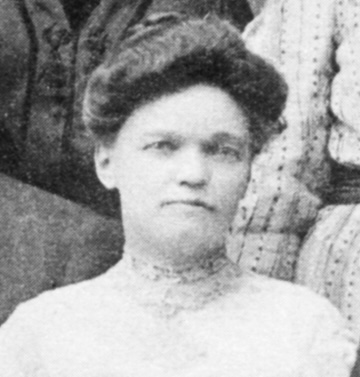
CFM 9/29-10/05 (D&C 109-110): Poetry for “It Is Thy House, a Place of Thy Holiness”
I like this photo of the Bangkok Thailand Temple. I know many people will see in it an island of good among a sea of chaos and evil. I can’t disagree more with that view—most of humanity doesn’t live in the stereotypical suburban pastoral nowhere favored by the world, and where they do live is…
-
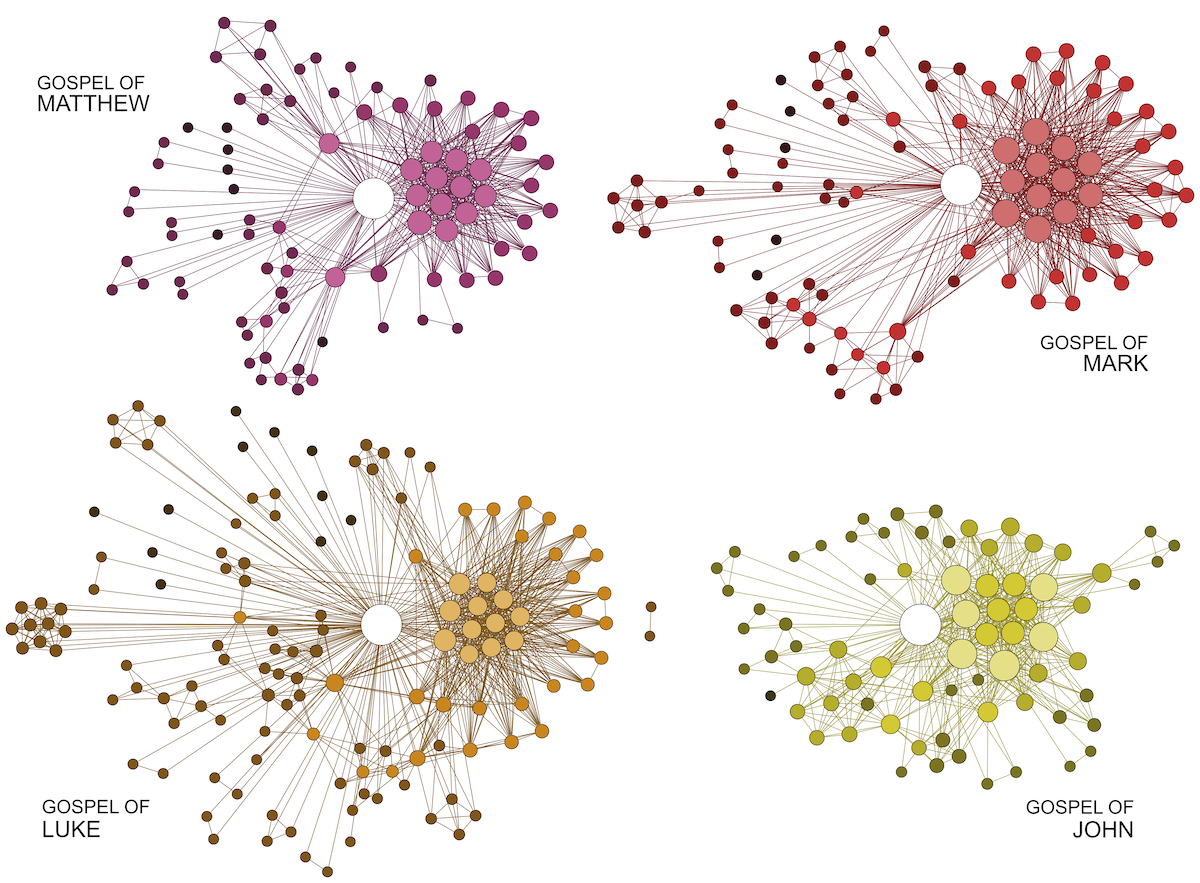
CFM 9/22-9/28 (D&C 106-108): Poetry for “The Order of the Son of God”
Like it or not, our lives are built of structures. We organize our days according to everything from natural events, like the rising and setting of the sun and our own biological rhythms, to the hours of the clock that our society has assigned to the day, to the needs we have to coordinate with…
-

CFM 9/15-9/21 (D&C 102-105): Poetry for “After Much Tribulation … Cometh the Blessing”
I noticed this time through the Doctrine and Covenants how the idea of trials is a major theme of this book of scripture. And the sections in this week’s lesson are during one of the most challenging periods of trials in early church history, the first round of persecution in Missouri and the subsequent travel…
-

Monogamy is the Rule, Part 6: Clarifications and Recap
From the comments to this series, Monogamy is the Rule, I have noticed a few points that need clarification. I welcome discussion, and feel like it’s worthwhile to respond to some of those comments in a full post form. Doing so also sets the stage for future posts in the series.
-
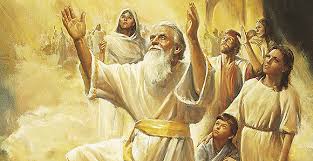
CFM 9/1-9/7: Poetry for “For the Salvation of Zion” (D&C 94-97)
We focus on the temple, and we have from the beginning of the Church. The temple plays a crucial role in our theology, but also a role that demonstrates tensions between principles. While the ordinances of the temple are done individually, those ordinances are often performed in groups, and the purpose of these ordinances generally…
-

CFM 8/25-8/31: Poetry for “Receive of His Fulness”
What do we mean when we talk about ‘Fulness’? The Come Follow Me lesson for this week, covering D&C 93, suggests that it’s related to exaltation—but I’m not sure that we know exactly what exaltation is either. ‘Fulness’ suggests some kind of completeness or satiation—we will have everything we need, and maybe everything we should…
-

CFM 8/18-8/24: Poetry for “A Principle with Promise”
Most of the time when we hear the phrase “A Principle with Promise,” we think of D&C Section 89 and the promise that we can “run and not be weary.” However, some kind of promise is associated with every gospel principle—there is at least one consequence that accompanies every principle, and the accompanying consequences follow…
-
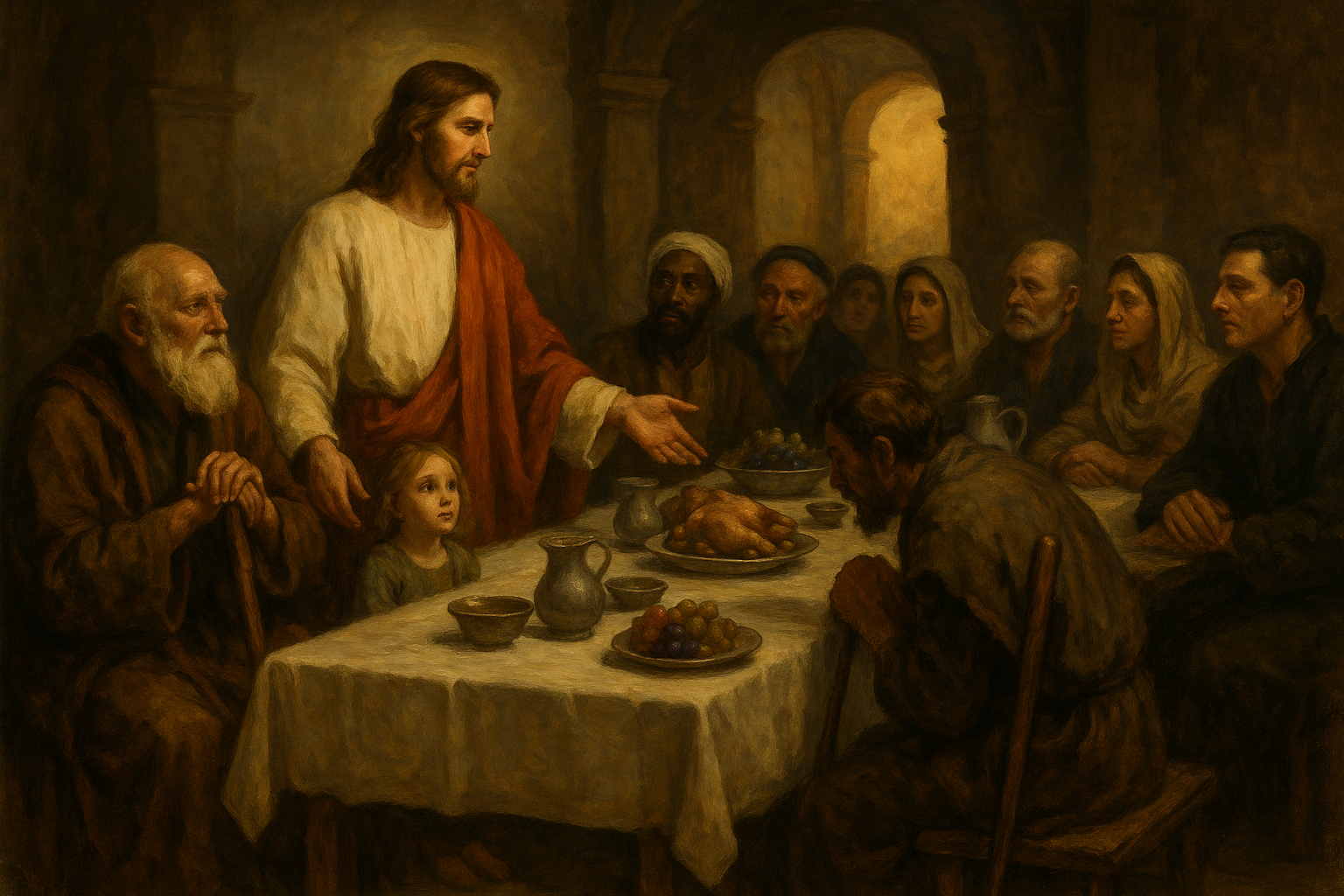
Gold-Star Converts and the Parable of the Wedding Feast
On our missions a lot of us gave lessons to some professor or such and were excited at the prospect of a well-thought out, high powered intellectual convert. And we’re not the only ones, I suspect Catholics love to talk about John Henry Newman for this reason. The idea, especially for them, is that you…
-
Canonization, Part 3: Reasons to Avoid Canonization
Returning to the series I was working on earlier this year about canonization, I wanted to discuss why it sometimes isn’t the best idea to canonize documents. Part 1 of the series discussed the process by which canonization occurs in the Church of Jesus Christ of Latter-day Saints, while Part 2 discussed some documents that…
-

CFM 8/11-8/17: Poetry for “Establish … a House of God”
Perhaps the most memorable verse in D&C 88 is 119, which establishes the ‘School of the Prophets’ and encourages our cultural orientation towards education: “Organize yourselves; prepare every needful thing; and establish a house, even a house of prayer, a house of fasting, a house of faith, a house of learning, a house of glory,…
-

CFM 8/4-8/10: Poetry for “Stand Ye in Holy Places”
What are ‘Holy Places’? What makes them holy? Are there different kinds of ‘Holy Places’? Has our understanding of ‘Holy Places’ changed over time? I suspect that most LDS Church members think of the Temple when we think of a holy place, but when pushed we might agree that the Sacred Grove is also a…
